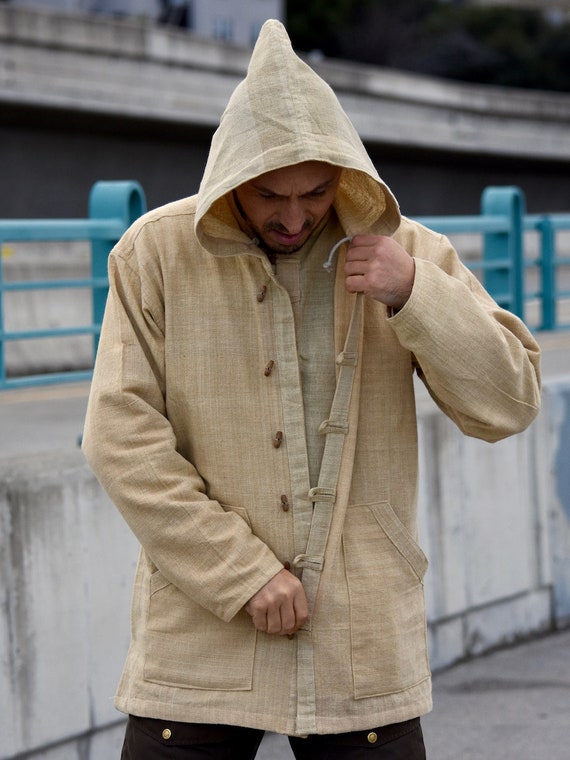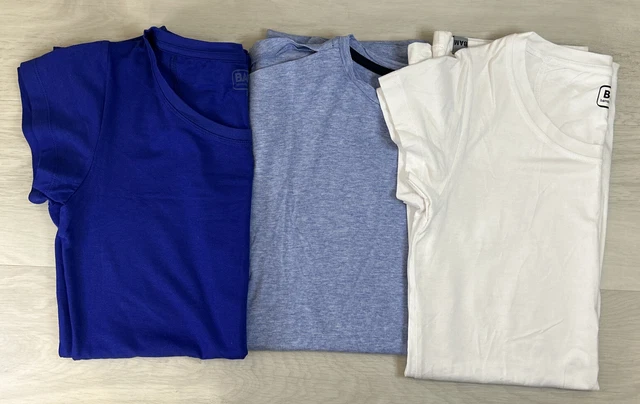New Suggestions For Picking Bamboo Clothes
Wiki Article
What Are Some Of The Benefits That Low Impact Fibres Hemp Clothing Can Offer The Environment.
Hemp clothing made of low-impact fabric has numerous environmental advantages over clothes made of synthetic fibers and cotton. Hemp clothing has numerous environmental advantages. It is a quick-growing plant which requires lesser water, pesticides or herbicides in comparison to other crops. Hemp is adaptable to different soils and thrive in a variety of climates.
Hemp typically uses a lot less water than conventional cotton. Cotton is known to use plenty of water. It makes hemp a much more efficient choice for production of clothing.
Hemp is able to grow without pesticides and herbicides. In a lot of cases this helps reduce the environmental impact of chemical farming.
Hemp cultivation can boost soil health by preventing soil compaction and erosion. Hemp leaves soil well prepared for the future crops.
Biodegradability Hemp fibers degrade naturally and can be biodegraded in time. Polyurethane and synthetic fibers can take many years to decompose.
Reduced Carbon Footprint- Production of hemp fibers has generally less carbon footprint compared to synthetic materials. Hemp can also act as a carbon dioxide sink by absorbing it from the air during its growing process.
Hemp clothing can last for many years. Good quality hemp clothes can last several years. This means that you will not need to replace them often and reduce the amount of waste.
Hemp plants are naturally resistant to pests. This means that there is less necessity for pesticides.
Hemp has a wide range of uses in textiles including clothing, accessories, bags, and more. This makes it an environmentally friendly and flexible choice for fashion and textiles.
Regenerative Agriculture: Some sustainable farming practices include hemp in regenerative systems which aim to improve and restore ecosystems, as well as produce crop. This approach can have positive environmental impacts.
The sustainableness of clothing is contingent on a variety of factors, including the dyeing process and transportation as well as consumer behavior. Like any other industry, there are differences in the standards and practices used for production. It's important to choose certified organic or sustainable clothing to reap the most environmental benefits. Read the most popular hemp clothing for more tips including hemp sweater, afends jesse dress, hemp trousers, hemp clothing for men, organic hemp underwear, hemp tank top, hemp garments, afends jesse dress, patagonia hemp pants, hemp yoga pants and more.

How Do Hemp Fibers Improve In Carbon Sequestration, Sustainability And The Crop Rotation?
Hemp fibers can contribute to carbon sequestration, sustainability and crops rotation in many ways, making them an environmentally green choice for agriculture and textile production Carbon Sequestration
Hemp is a plant that grows at a rapid rate. It matures between 70 and 120 days depending on the type of hemp and the conditions under which it grows. During their rapid-growth phase, hemp absorbs carbon dioxide from the atmosphere through photosynthesis. Carbon uptake is an important factor in carbon sequestration and reducing CO2 in the air.
Hemp produces plenty of biomass. The tall stalks and the dense leaves of the plant produce a large amount of organic material. If the biomass is utilized in soil for different purposes, it can help to increase the amount of organic carbon.
Sustainability:
Hemp cultivation uses less synthetic pesticides. It also requires fewer herbicides. Its natural resistance to many pests and diseases decreases the requirement for chemical treatments. The hemp industry that is organic, specifically, focuses on sustainability through the avoidance of synthetic chemicals.
Hemp has a high water-efficiency particularly when compared to water-intensive crops such as conventional cotton. This helps it to last longer in areas with limited water resources.
Hemp’s deep root system improves soil health. Its roots help reduce soil runoff and help stabilize soil structure, which helps prevent soil erosion. Hemp cultivation also promotes soil fertility by enhancing microbial soil activity.
Hemp can easily be integrated in rotation systems. Crop rotation is the process of alternating of various crops within one field. This helps break the cycle of disease and pests and reduce soil depletion, and improve soil structures. Hemp is an excellent crop to rotate, and it is a key component of sustainable farming.
Crop Rotation
Hemp crops can be rotated with other crops, including grains, legumes and vegetables. Diversification assists farmers in maintaining the health of their soil and also reduce pests and disease. It also promotes balanced cycle of nutrient production.
Soil Improvement- Hemp's long roots are able to penetrate and aerate the soil improving compaction as well as the water's infiltration. A better soil structure can be an advantage for crops that follow following hemp.
Summary Hemp fibers can have a positive impact on soil quality, are compatible with crop rotation and can improve carbon sequestration and sustainability. They accomplish this by rapid growth, biomass, minimal chemical use water efficiency, and compatibility with crop rotation methods. This makes hemp cultivation an environmentally friendly and sustainable agriculture practice. Take a look at the most popular hemp clothes for more examples including patagonia iron forge pants, hemp t shirt mens, hemp tees, hemp t shirts wholesale, patagonia iron forge pants, patagonia double knee pants, hemp tee shirts, hemp mens jeans, organic hemp fabric, patagonia hemp shorts and more.

What Are Some Of The Benefits That Bamboo Clothing Has For Comfort And The Environment?
Bamboo clothing comes with many benefits for both environmental sustainability and comfort.
Softness Bamboo fabric is recognized for its extraordinary suppleness. It's smooth and silky to the touch, which makes it comfortable on the skin. Many people find bamboo clothing to be luxuriously soft and comfortable, which makes it a popular choice for intimate clothes, loungewear, and activewear.
Breathability- Bamboo fibers are naturally breathable and wick moisture away. They have micro-gaps that allow air to circulate, keeping your body cool and comfortable during hot weather. The moisture-wicking properties help to remove sweat from your skin, and reduce the sensation of dampness.
Bamboo clothing has great thermoregulatory properties. Bamboo clothing helps keep your body warm in colder temperatures by capturing warmth near your body. In hotter conditions, it assists you to stay cool by allowing moisture and heat to escape. Bamboo is able to adapt to a variety of temperatures, it's suitable for any season.
Hypoallergenic- Fabric made from bamboo is gentle and hypoallergenic. It is less likely cause an allergic reaction or irritation. This is why it is a good option for people with skin sensitivities and allergies.
Odor Resistant- Bamboo fibers have natural antimicrobial properties that can help to stop the growth of bacteria that cause odor. This is a factor that can help maintain the freshness of bamboo clothes, even during physical activities.
Environment-
Sustainability- The bamboo plant is a sustainable, renewable resource. Bamboo is one of the fastest-growing plants in the entire world. It grows with minimal water and doesn't require any pesticides. Bamboo can be harvested and not kill the plant because it grows by regenerating its roots.
Bamboo is a natural water-efficient plant that is water-efficient. It can thrive with minimal irrigation, and is often planted using rainwater only which reduces the environmental impact associated with water usage in agriculture.
Biodegradability. Bamboo clothes will naturally decay in time when removed. This reduces the amount of non-biodegradable textiles in landfills.
Carbon Sequestration Bamboo plants absorb carbon dioxide (CO2) in the course of rapid growth. As a result, bamboo cultivation can act as carbon sinks, assisting to slow climate change by reducing greenhouse gas levels.
Chemical Reduction. The production of bamboo fabric typically requires lesser chemical treatment and processing than other types of textiles. As a result, the textile industry has less environmental impact.
Closed-Loop Manufacturing Certain manufacturing methods for bamboo fabrics employ closed-loop manufacturing, which recycles and reuses water as well as chemicals to minimize the waste and environmental impact.
It is important to note that the effect of bamboo clothes on the environment could be different based on the kind of manufacturing process used and whether bamboo was sourced ethically and sustainable from the bamboo forest. Customers should purchase only bamboo clothing made with eco-friendly, ethical practices to ensure maximum environmental benefits. Have a look at the recommended bamboo clothes recommendations for website recommendations including bamboo baby clothes, bamboo childrens clothing, bamboo jeans ross, bamboo maternity, bamboo cay shirts christmas, long sleeve bamboo t shirt, cheapest bamboo pajamas, bamboo cotton t shirts, bamboo ladies clothing, faceplant pajamas and more.
